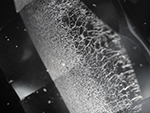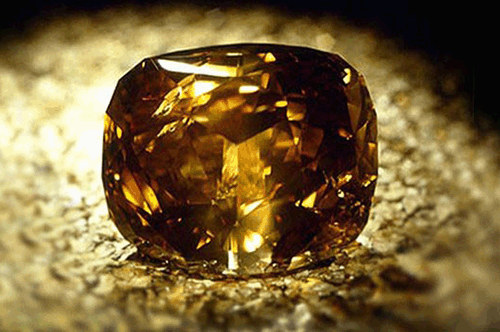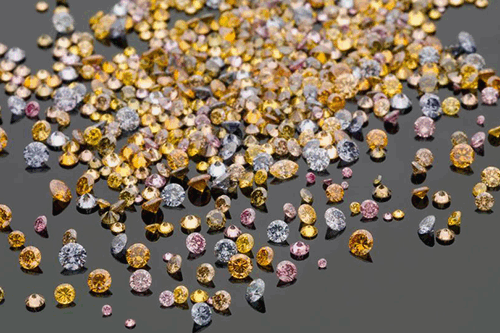Blemishes
Naturally occurring blemishes are possible and may be found on the surface of a stone. In most cases, however, these flaws are more likely a result of the surrounding environment when the diamond was being cut and polished. For this reason, the largest of diamonds require that the surroundings be clean-room quality to prevent deleterious substances from affecting the stone.
Extra Facets
In order to remove blemishes or inclusions that are close to the surface of a diamond, extra facets may be cut. Extra facets are also cut to enhance the brilliance of the diamond if deemed appropriate and do not in most cases affect the diamond’s existing clarity grade.
Nicks
Nicks are chips on a diamond that detract from its overall appearance. Extra facets are often cut to repair the diamond although the decision to do so must take into consideration whether or not the extra facets might affect the diamond by reducing its brilliance.
Pits
The surface of a diamond may have small holes (pits) in it. These flaws are usually invisible to the naked eye, except if the pits are on the table (top facet) of a diamond. In that case, they are usually visible and reduce the diamond’s clarity rating.
Carbon
Diamonds are created from carbon atoms and assume a cubic crystal structure. During the diamond formation process, some of the carbon atoms may not totally crystallize. If that happens, small dots of black carbon may be present in the otherwise crystallized stone. These black spots may be other forms of carbon such as graphite. These imperfections look like small black dots that can affect the clarity of the stone depending on the size of the flaw. Carbons are usually found in white or blue-white diamonds.
Fingerprint
 |
A diamond can have a flaw that assumes the shape of a fingerprint. However, an inclusion of this type is rare and would be more prevalent in other stones, such as rubies. Few such inclusions have been reported in natural blue and colorless diamonds. A fingerprint inclusion is usually formed during enhancement using High Temperature – High Pressure (HTHP) or in the earth, naturally, caused by high geologic temperatures. |
| Back to Index |
| Flaw Page 1 | Flaw Page 3 | Flaw Page 4 |







